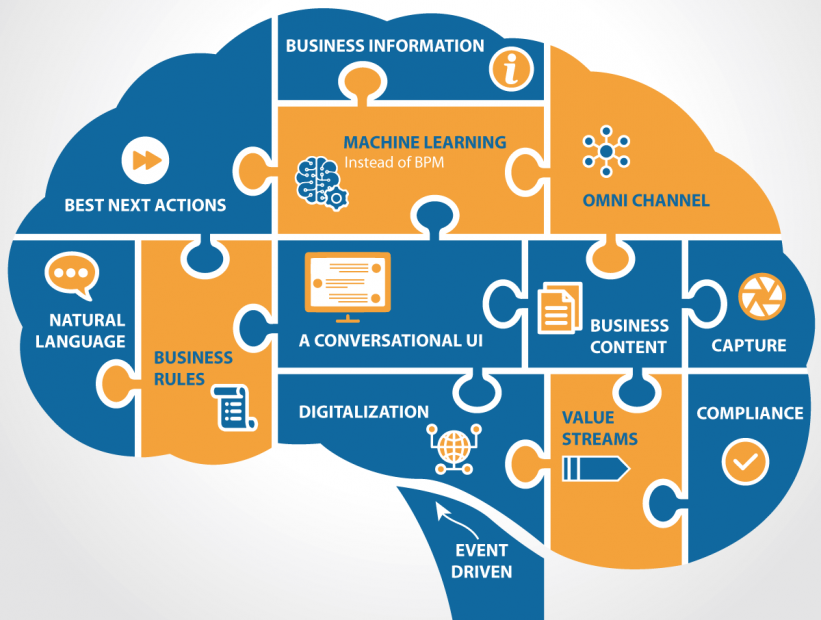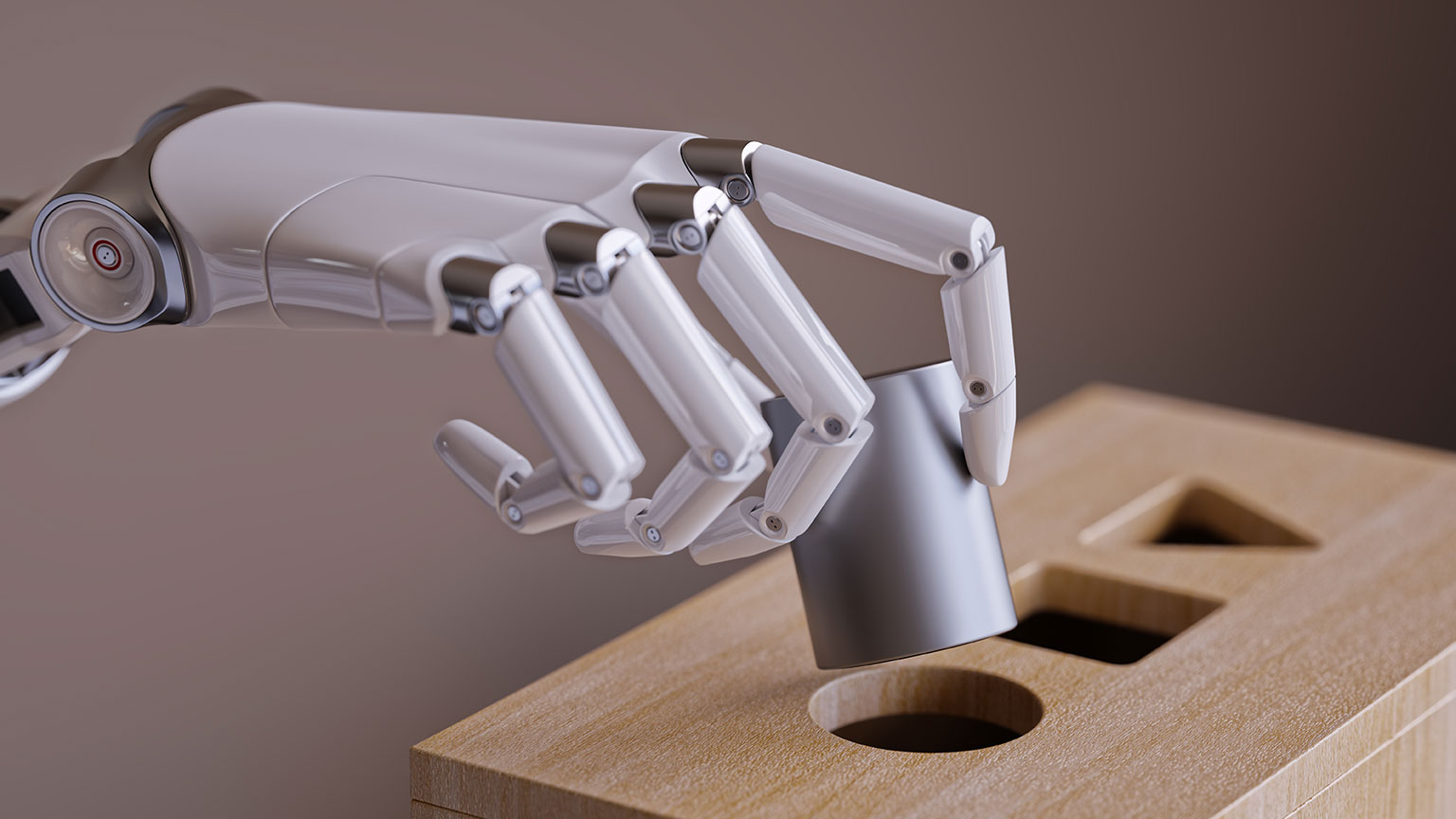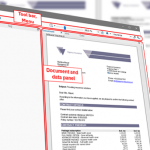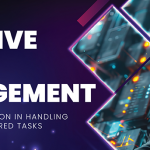Training the Machine
If you ask anyone to mention an innovative technology you will get the same answer 95% of the time – Artificial Intelligence. The other 5% will respond differently and more appropriately saying – Machine Learning.
Just 18 to 24 months ago the answer probably would have been blockchain but today, AI/ML is the actual definition of Digital Innovation.
There are a lot of commercial applications that are currently part of our everyday life. Think about Alexa, Siri or all the virtual assistants that pop up on websites or respond to our phone calls when we look for support.
But when talking about business applications, especially in highly regulated industries, things are a little bit different. Are we ready to delegate critical decision making entirely to a computer? Are we confident the machine will make the correct action or the accurate response for a specific step in the process?
In theory we shouldn’t have doubts: a digital platform (the machine) that leverages AI/ML technology can potentially automate any process. The key is the way in which the machine will be programmed/trained to execute the work.
Machine Learning and Robotic Process Automation
There are three macro approaches to machine learning:
- Supervised learning: The computer is presented with example inputs and the desired outputs, given by a teacher, and the goal is to learn a general rule that maps inputs to outputs.
- Unsupervised learning: No labels are given to the learning algorithm, leaving it on its own to find structure in its input. Unsupervised learning can be a goal in itself (discovering hidden patterns in data) or a means towards an end (feature learning).
- Reinforcement learning: A computer program interacts with a dynamic environment in which it must perform a certain goal (such as driving a vehicle or playing a game against an opponent). As it navigates its problem space, the program is provided feedback that’s analogous to rewards, which it tries to maximize.
In today’s business environment we must face multiple situations. Some of them are stable and pre-defined by third-party rules dictated by compliance requirements that must be met. Compliance requirements would have been harmonized with business logic and the customer’s expectations. But when you started dealing with the customer’s experience, this landscape became more dynamic and unpredictable.
AI/ML technology can definitely improve scalability, precision and productivity, but depending on the application/industry, the risk of false positive and/or false negative could be too high and basically unacceptable.
User-Trained Agent
At Papyrus Software, the focus is on processes more than just technology. We believe in the power of people, in their knowledge and business skills, that’s why we have developed a patented ML technology that learns from users and not just from data sets.
The combination of pattern recognition and process design provides the foundation to build solid business process automation fueled by the user’s knowledge during their executing of daily activities.
So, the machine learns from actual events and transactions and from the ability of people to deal with exceptions and make correct decisions.
Once this partnership has been established, the collaboration between humans and the machine becomes mutually effective. The ability of the machine to connect an event with all possible solutions learned by experience will provide what we call Best Next Actions that support users across the entire organizations to take the best action in a particular situation, spreading this knowledge and competence to all decision making.
There are many ways to make innovations. Our way is to make value innovations, building digital solutions and platforms that support companies to improve and modernize their Business Value Stream.

Business Development Senior Advisor at Papyrus Software
Southlake, TX







